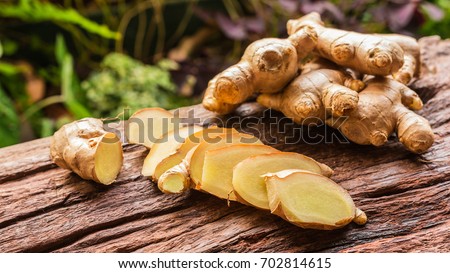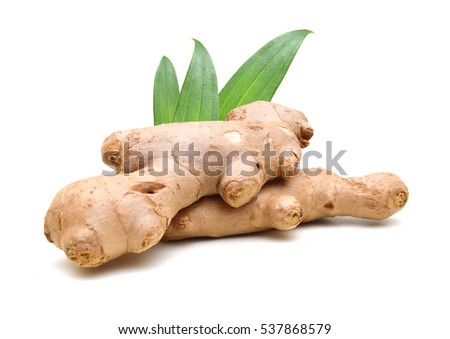Ginger is a versatile addition to soups, sauces, marinades and a number of other dishes, from baked apples to stir-fried vegetables. To get the most of its complex, flavorful nuances, add ginger at the beginning of your cooking as well as toward the end, and peel it as little as possible. You can even use ginger in baked goods and desserts! An article in Serious Eats lists no less than 19 different ginger dessert recipes.

A cup of tea, of course, is one of its hallmarks, not just for pleasant flavor, but also for its soothing, warming qualities. To make ginger tea, simply peel the ginger and steep a couple of thin slices in hot water for several minutes. A little goes a long way, so start with just a slice or two. Following are a couple of creative ways to incorporate ginger into your diet.
What Is Ginger Good For?
Prized for its medicinal and culinary properties in Asian cultures for thousands of years, ginger, also known as ginger root, is an underground rhizome. It's a little strange-looking, like a small, rounded, brown cactus. But the fragrance is pleasantly pungent, and the flavor completely unique, reminiscent of citrus with acidic notes.
Ginger is a versatile addition to soups, sauces, marinades, and a number of other dishes, from baked apples to stir-fried vegetables. A cup of tea, of course, is one of its hallmarks, not just for pleasant flavor, but soothing qualities.
Early Roman traders carried ginger from Southeast Asia to Europe, where it became a hit by the Middle Ages. It was very expensive, but even then renowned for healing capabilities. Henry VIII even suggested it as a remedy for the plague. Spanish explorers introduced it to the West Indies, South America, and Mexico, which began exporting it back to Europe in the 16th century. Today, Jamaica, India, Fiji, Indonesia, and Australia are some of the top commercial producers.
Fresh ginger root is best for both flavor and nutritive qualities, but organic powdered ginger is an excellent alternative that, if refrigerated, can last up to a year. When purchasing fresh ginger, make sure the root is firm, smooth and mold-free. Young, tender roots can be found in many Asian markets, while larger, tougher ginger roots are sold in the produce section of most supermarkets. Both keep very well frozen for up to six months.
To get the most of its complex, flavorful nuances, add ginger at the beginning of your cooking as well as toward the end, and peel it as little as possible.
Facts Credit: mercola.com

A cup of tea, of course, is one of its hallmarks, not just for pleasant flavor, but also for its soothing, warming qualities. To make ginger tea, simply peel the ginger and steep a couple of thin slices in hot water for several minutes. A little goes a long way, so start with just a slice or two. Following are a couple of creative ways to incorporate ginger into your diet.
What Is Ginger Good For?
Prized for its medicinal and culinary properties in Asian cultures for thousands of years, ginger, also known as ginger root, is an underground rhizome. It's a little strange-looking, like a small, rounded, brown cactus. But the fragrance is pleasantly pungent, and the flavor completely unique, reminiscent of citrus with acidic notes.
Ginger is a versatile addition to soups, sauces, marinades, and a number of other dishes, from baked apples to stir-fried vegetables. A cup of tea, of course, is one of its hallmarks, not just for pleasant flavor, but soothing qualities.
Early Roman traders carried ginger from Southeast Asia to Europe, where it became a hit by the Middle Ages. It was very expensive, but even then renowned for healing capabilities. Henry VIII even suggested it as a remedy for the plague. Spanish explorers introduced it to the West Indies, South America, and Mexico, which began exporting it back to Europe in the 16th century. Today, Jamaica, India, Fiji, Indonesia, and Australia are some of the top commercial producers.
Fresh ginger root is best for both flavor and nutritive qualities, but organic powdered ginger is an excellent alternative that, if refrigerated, can last up to a year. When purchasing fresh ginger, make sure the root is firm, smooth and mold-free. Young, tender roots can be found in many Asian markets, while larger, tougher ginger roots are sold in the produce section of most supermarkets. Both keep very well frozen for up to six months.
To get the most of its complex, flavorful nuances, add ginger at the beginning of your cooking as well as toward the end, and peel it as little as possible.
Facts Credit: mercola.com




